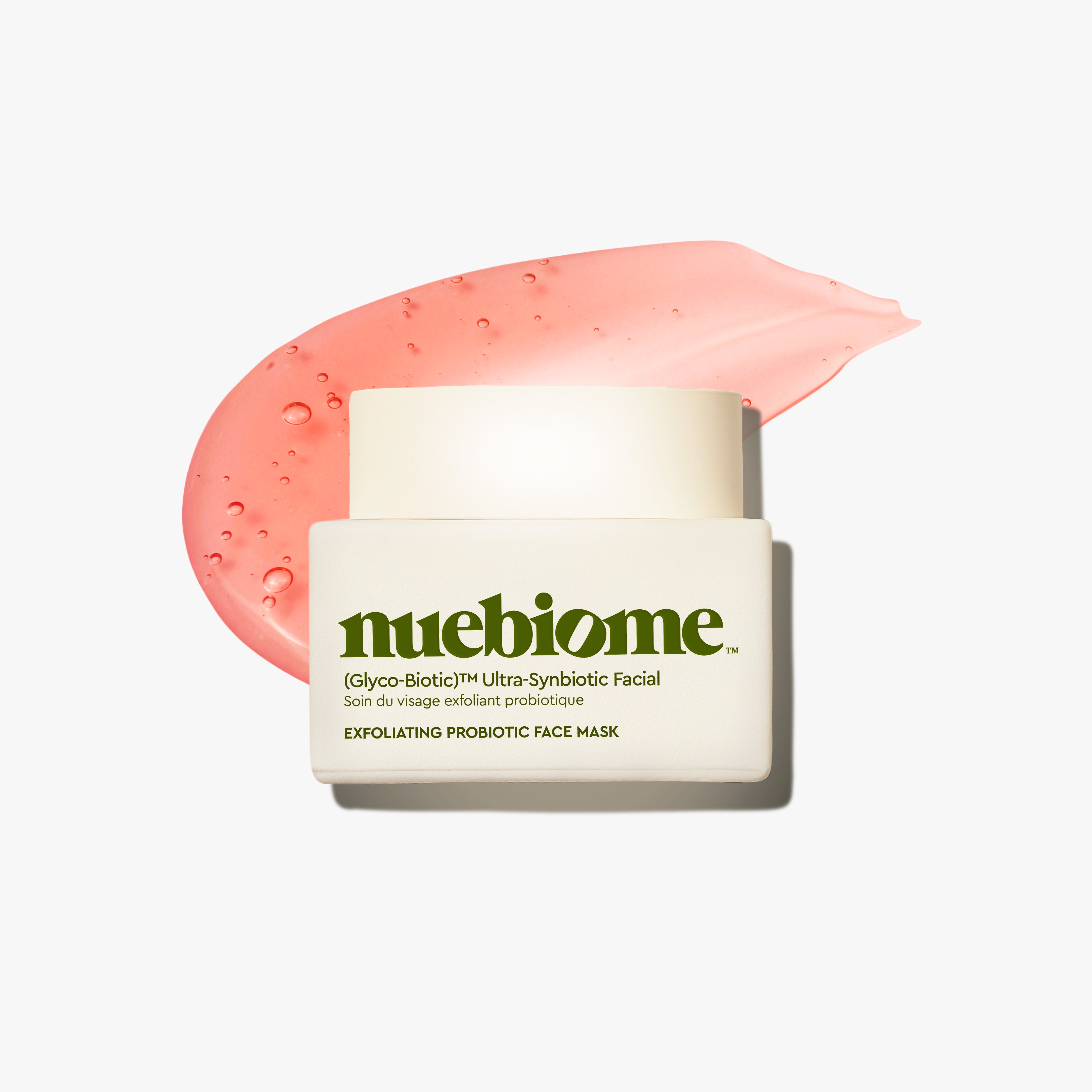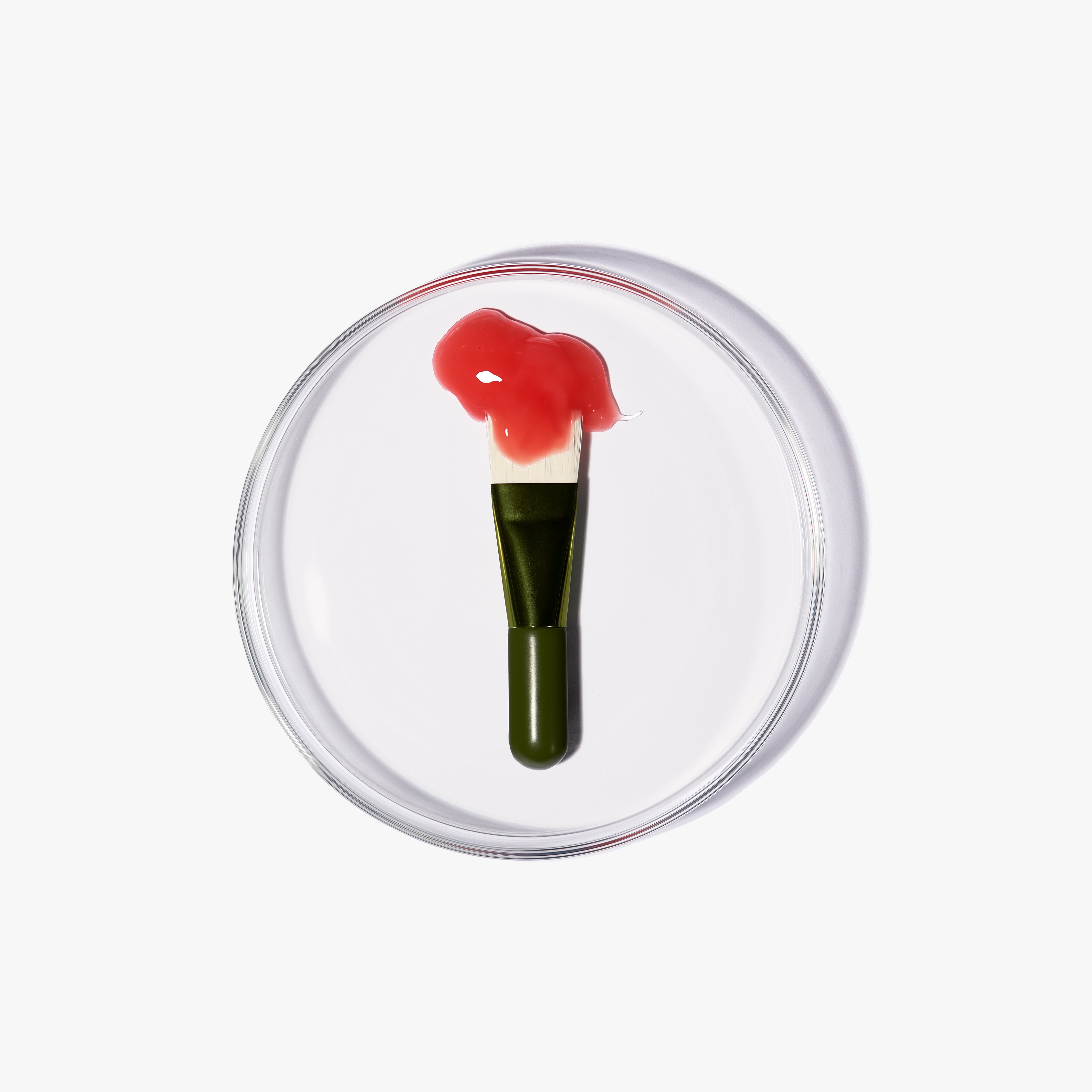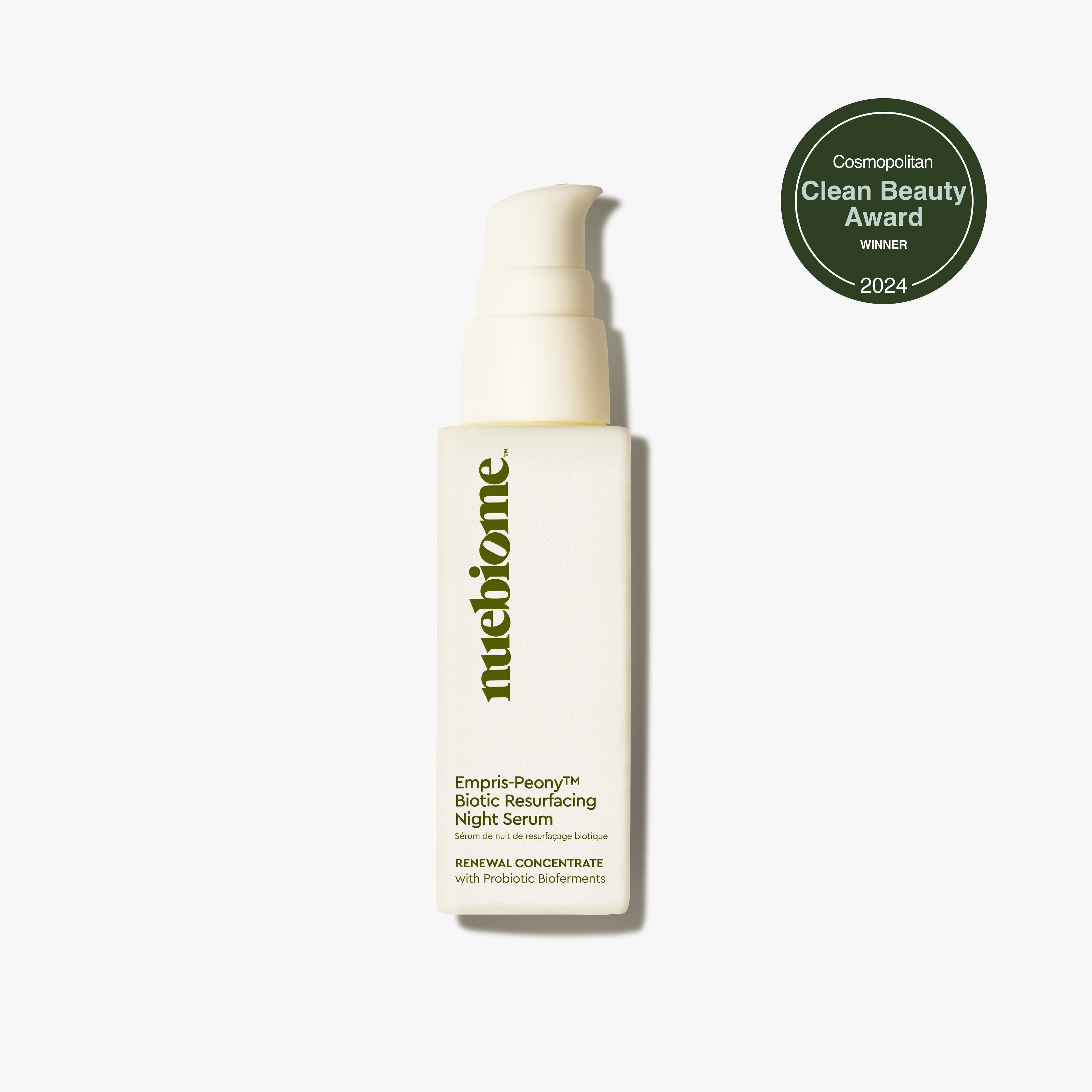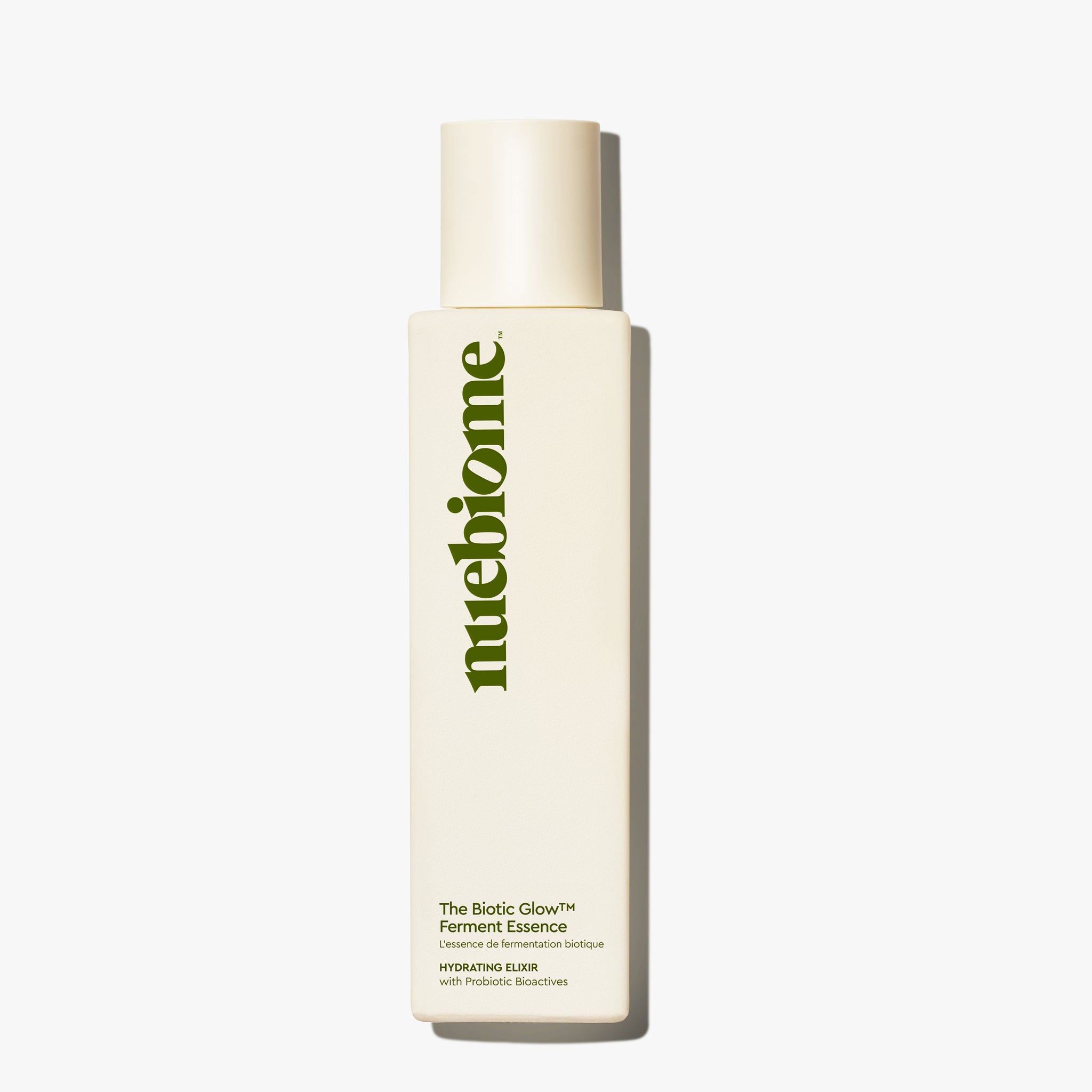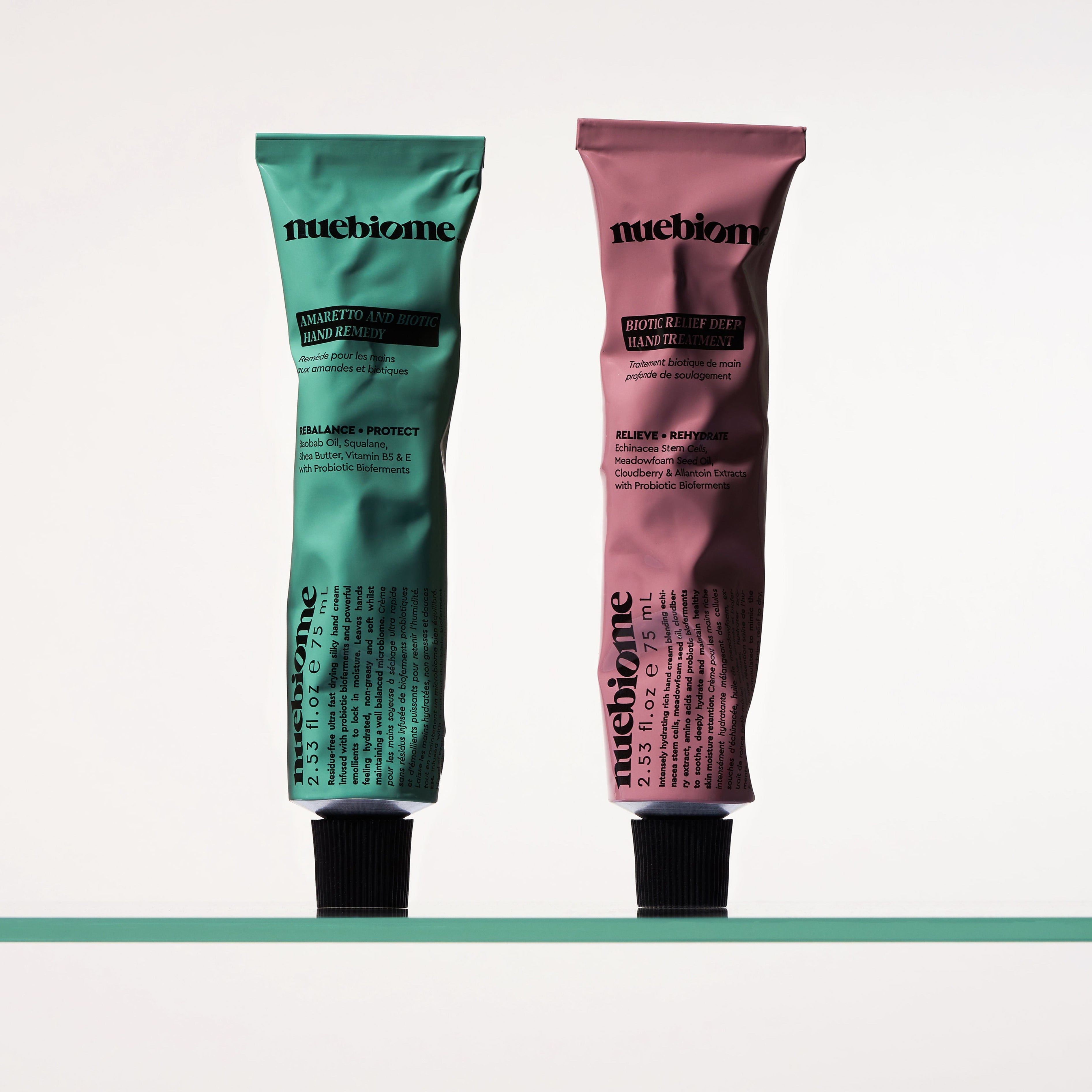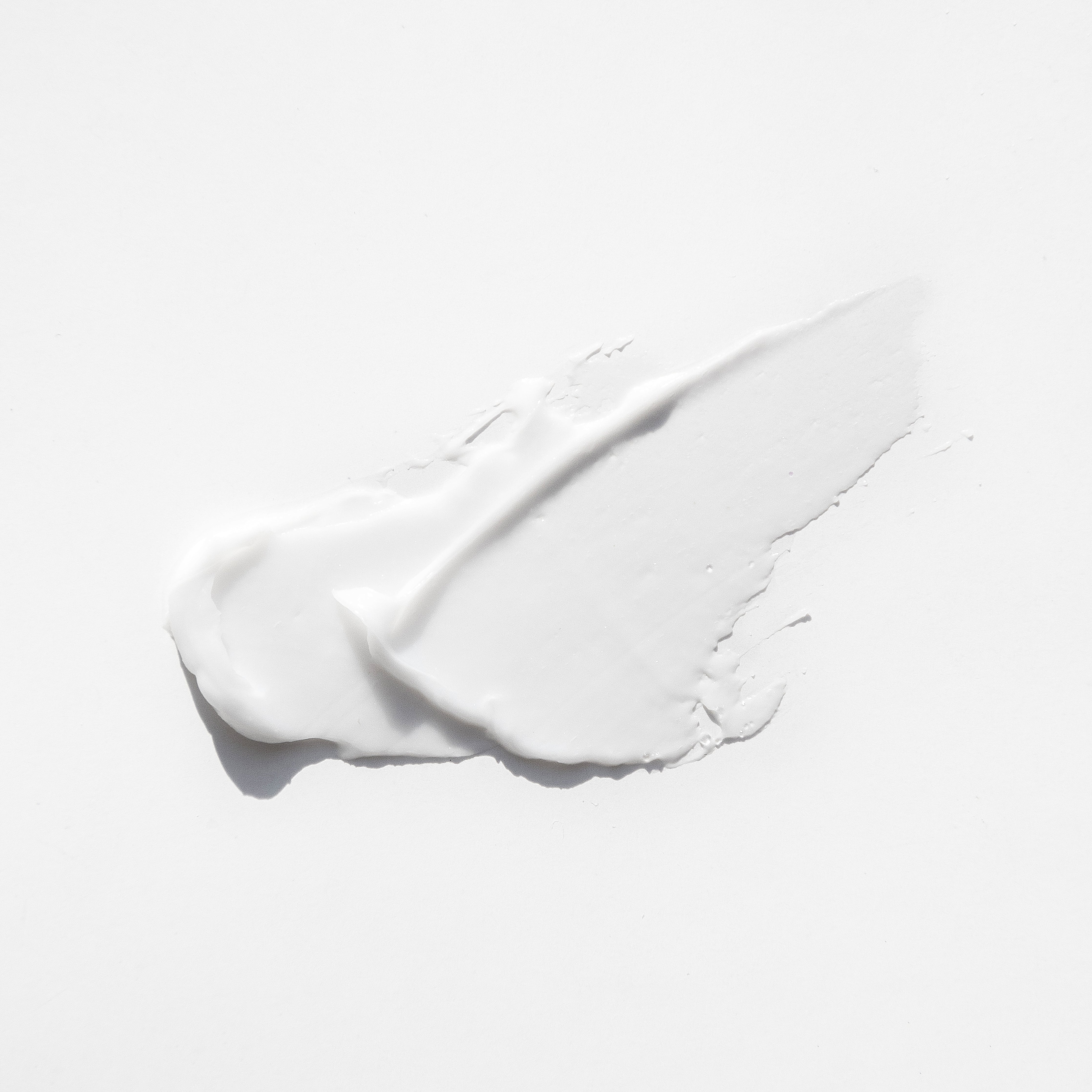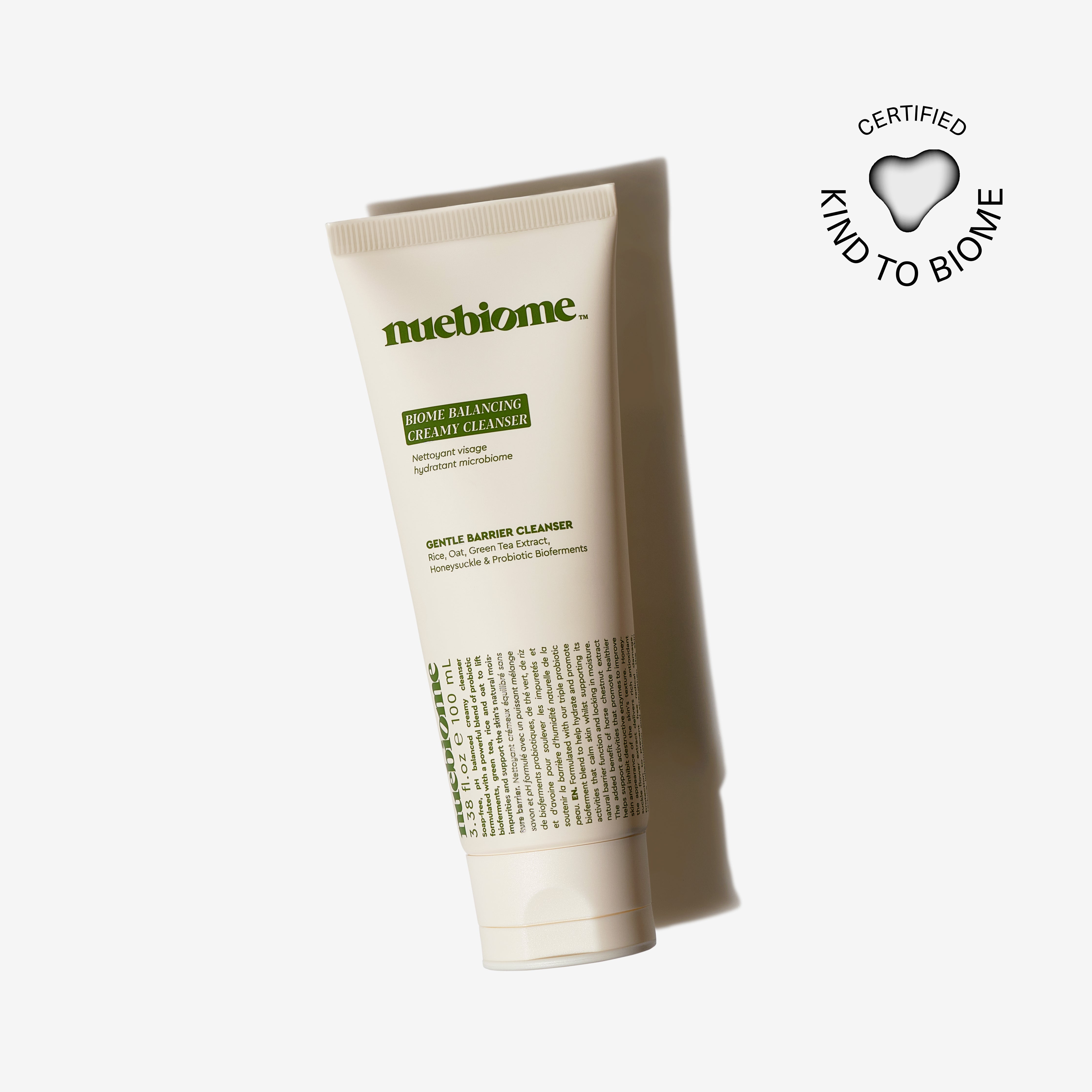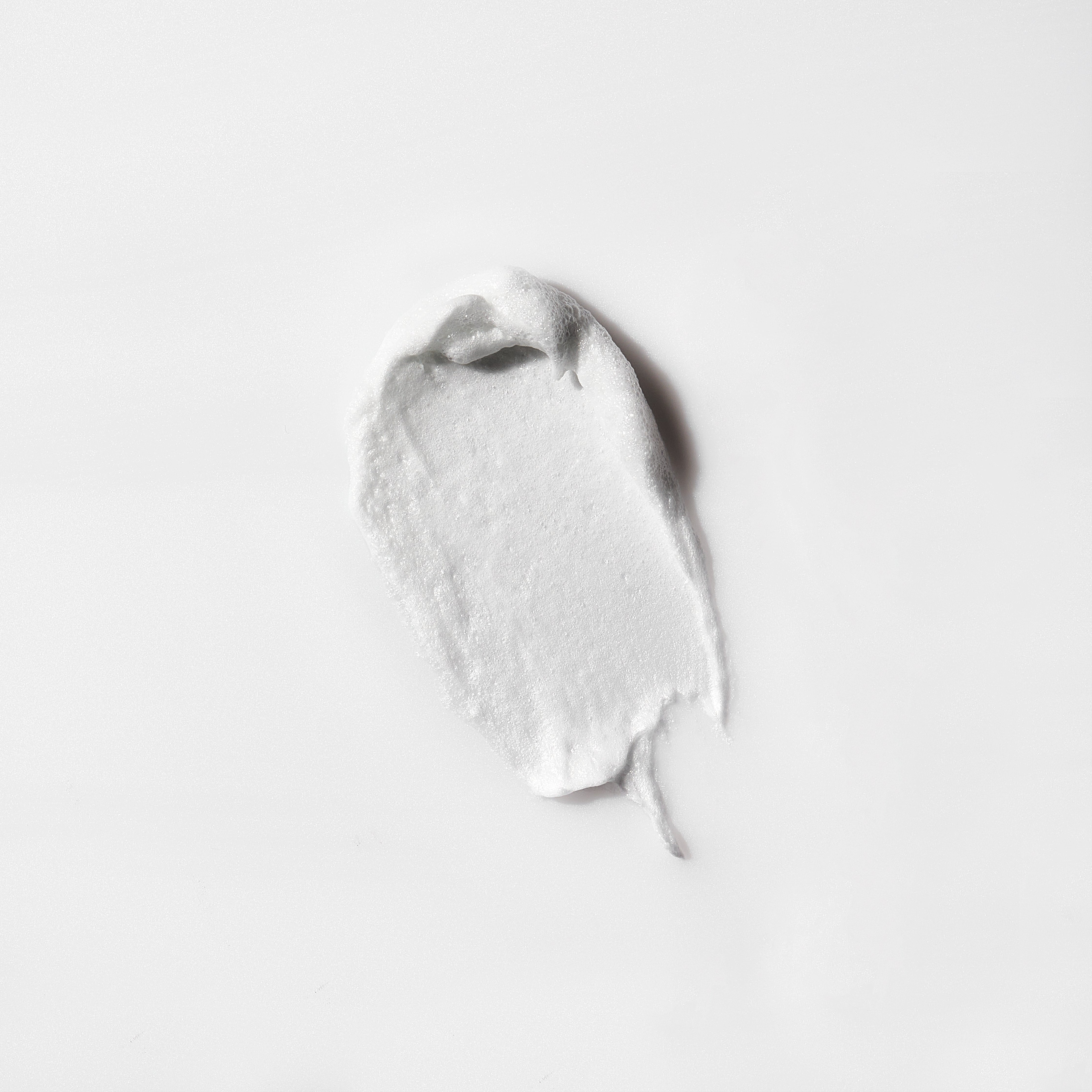You ask this question because you care about your skin. The answer, however, might surprise you. The best sunscreen is not just about the SPF number on the bottle. It is about the healthy, hydrated skin you apply it to.
Even the most expensive sunscreen cannot perform its best on a dry or unbalanced surface. Think of it like painting a wall. A smooth, primed surface allows the paint to go on evenly and last longer. Your skin works the same way. A supportive skincare routine creates the perfect canvas for your sunscreen to do its job effectively.
This guide will show you how to build that routine. We will explore the steps to take before and after sun exposure. This will help your chosen sunscreen work better, keeping your skin looking its best every day.
Beyond the Bottle: Why Your Routine Matters More Than Your SPF Number
A high SPF number can feel like a complete shield. But sun protection is a team effort between your sunscreen and your skin. When your skin’s moisture barrier is supported, it looks and feels more resilient.
Daily life exposes our skin to environmental factors. A strong moisture barrier is your first line of defense. A simple, consistent routine helps maintain this barrier. It ensures your skin is calm, hydrated, and ready for protection.
A great skincare routine makes your sunscreen more effective.
This approach transforms sun care from a single step into a complete ritual. It prepares your skin for the day and helps it recover at night. This is key for maintaining a radiant appearance, whether you are on a sunny holiday or just going about your day.
How to Choose Your Ideal Daily Sunscreen
With so many options, choosing a sunscreen can feel overwhelming. Let's simplify it by focusing on what truly matters.
First, understand the two main types of sunscreen.
- Mineral Sunscreens: These are also called physical sunscreens. They use ingredients like zinc oxide and titanium dioxide to create a physical barrier on the skin that reflects UV rays. They are often preferred for sensitive skin.
- Chemical Sunscreens: These formulas absorb into the skin. They convert UV rays into heat and release them from the body. They are often lightweight and blend into the skin without a white cast.
Next, consider the SPF number. Is SPF 50 better than SPF 70? The difference is smaller than you might think. SPF 30 blocks about 97% of UVB rays. SPF 50 blocks about 98%, and SPF 100 blocks about 99%. For most people, a daily sunscreen with SPF 30 to 50 is sufficient. The most important thing is to apply it generously and consistently.
Always choose a "broad-spectrum" sunscreen. This is non-negotiable. It means the product protects you from both UVA and UVB rays. UVA rays are linked to premature skin aging, while UVB rays are responsible for sunburn.
Finally, select a formula based on your skin type.
- For Oily Skin: Look for lightweight lotions or gels. Products labeled "oil-free" or "non-comedogenic" are good choices. You can learn more by building the best daily skincare routine for oily skin.
- For Dry Skin: Choose creamier, more hydrating formulas. These often contain ingredients that help skin feel comfortable and moisturized throughout the day.
- For Sensitive Skin: Mineral sunscreens are often a great starting point. Always remember to patch test a new sunscreen on a small area of skin before applying it to your entire face.
The Pre-Sunscreen Ritual for a Flawless, Protected Canvas
Your morning routine prepares your skin for sunscreen and the day ahead. Following these steps helps create a smooth, hydrated base, allowing your SPF to glide on without pilling or feeling heavy.
Step 1: Gentle Cleansing Start with a clean slate. A gentle cleanser removes overnight buildup of oils and impurities without stripping your skin. You want your face to feel clean and comfortable, not tight or dry.
The Biome Balancing Creamy Cleanser is a soap-free, pH-balanced formula that is perfect for this step. It uses mild, amino-acid-based surfactants to lift away dirt. It also contains Avena Sativa (Oat) Kernel Flour, a fine-milled oat powder that leaves skin feeling soft and soothed. This prepares your skin by creating a calm, clean canvas.
Step 2: Hydrate & Fortify After cleansing, your skin is ready for hydration. An essence is a lightweight liquid that floods the skin with moisture and beneficial ingredients. This step helps your skin look plumper and feel more resilient.
The Biotic Glow™ Ferment Essence is an alcohol-free liquid that balances and hydrates. It features Lactobacillus Ferment Lysate, a postbiotic ingredient that supports a healthy-looking complexion. It also includes Hamamelis Virginiana (Witch Hazel) Water, which helps pores appear tighter, creating a smoother surface.
Step 3: Moisturize Moisturizer is the final step before sunscreen. It locks in the hydration from your essence and provides a protective layer over your skin. This helps prevent water loss throughout the day and ensures your sunscreen applies smoothly.
A silky moisturizer like the Biotic Radiance-Boosting Hydrator is ideal. This oil-free formula contains 3-O-Ethyl Ascorbic Acid, a stable form of Vitamin C that helps brighten the skin’s appearance. It also has plant-derived Squalane, which provides lightweight moisture that feels comfortable under sunscreen.
For a complete morning ritual, the Barrier Boost Moisture Rescue Set includes these essential prep steps. This curated collection works together to cleanse, hydrate, and moisturize, creating the perfect base for your daily sun protection.

After the Sun Sets: Your Nightly Skin Recovery Plan
Your skin’s work is not done when the sun goes down. Daily exposure to the environment, even with sunscreen, can be stressful for your skin. An evening routine is your opportunity to soothe, replenish, and support your skin’s natural processes overnight.
Start by double cleansing. This two-step process is the most effective way to remove stubborn sunscreen, makeup, and daily grime. Begin with an oil-based cleanser to dissolve oils and follow with a water-based cleanser to wash everything away.
After cleansing, focus on nourishment. A facial oil can be a beautiful way to comfort your skin. The Skin Soothing Face Oil is a calming blend designed to support the skin. It features Calophyllum Inophyllum (Tamanu) Oil, a rich, nourishing oil cold-pressed from nuts grown in the South Pacific. This is combined with plant-derived Squalane to deliver moisture that feels weightless on the skin. Just a few drops pressed into the face and neck can help your skin feel calm and comfortable.
Your diet also plays a role in skin recovery. You can help your complexion by supporting your complexion with the best foods for glowing skin. Foods rich in antioxidants can support your skin’s resilience from the inside out. Ingredients like Astaxanthin are also known for their powerful properties. You can learn more about the powerful antioxidant benefits of Astaxanthin.
For an extra boost, consider a weekly recovery treatment. A gentle exfoliating mask can help slough away dull surface cells and restore a look of vitality after a week of environmental exposure.
Your Sunscreen Questions, Answered
Let's answer some of the most common questions about daily sunscreen.
What is the most recommended face sunscreen? The most recommended sunscreen is one you truly enjoy using. It should have at least SPF 30 and broad-spectrum protection. But the best formula is the one you will apply generously every single day without fail. Consistency is the most important factor in effective sun protection.
Can I skip moisturizer if my sunscreen is hydrating? This depends on your skin type. If you have very oily skin, a hydrating sunscreen might be enough. However, for most people, layering a dedicated moisturizer underneath is best. Your moisturizer provides targeted benefits for your specific skin needs. It also creates an ideal, hydrated base that helps your sunscreen perform better.
How much sunscreen should I actually use for my face? A common guideline is the "two-finger rule." Squeeze a line of sunscreen onto your index finger and your middle finger, from base to tip. This amount is generally enough to cover your face and neck adequately. Don't forget your ears and the back of your neck.
Ultimately, the best daily sunscreen for your face is part of a larger system of care. By preparing your skin before and supporting it after, you give it everything it needs to look and feel its best.
If you have sensitive skin or specific skin concerns, it is always a good idea to speak with a dermatologist or licensed esthetician. They can help you build the perfect routine for your unique needs.
